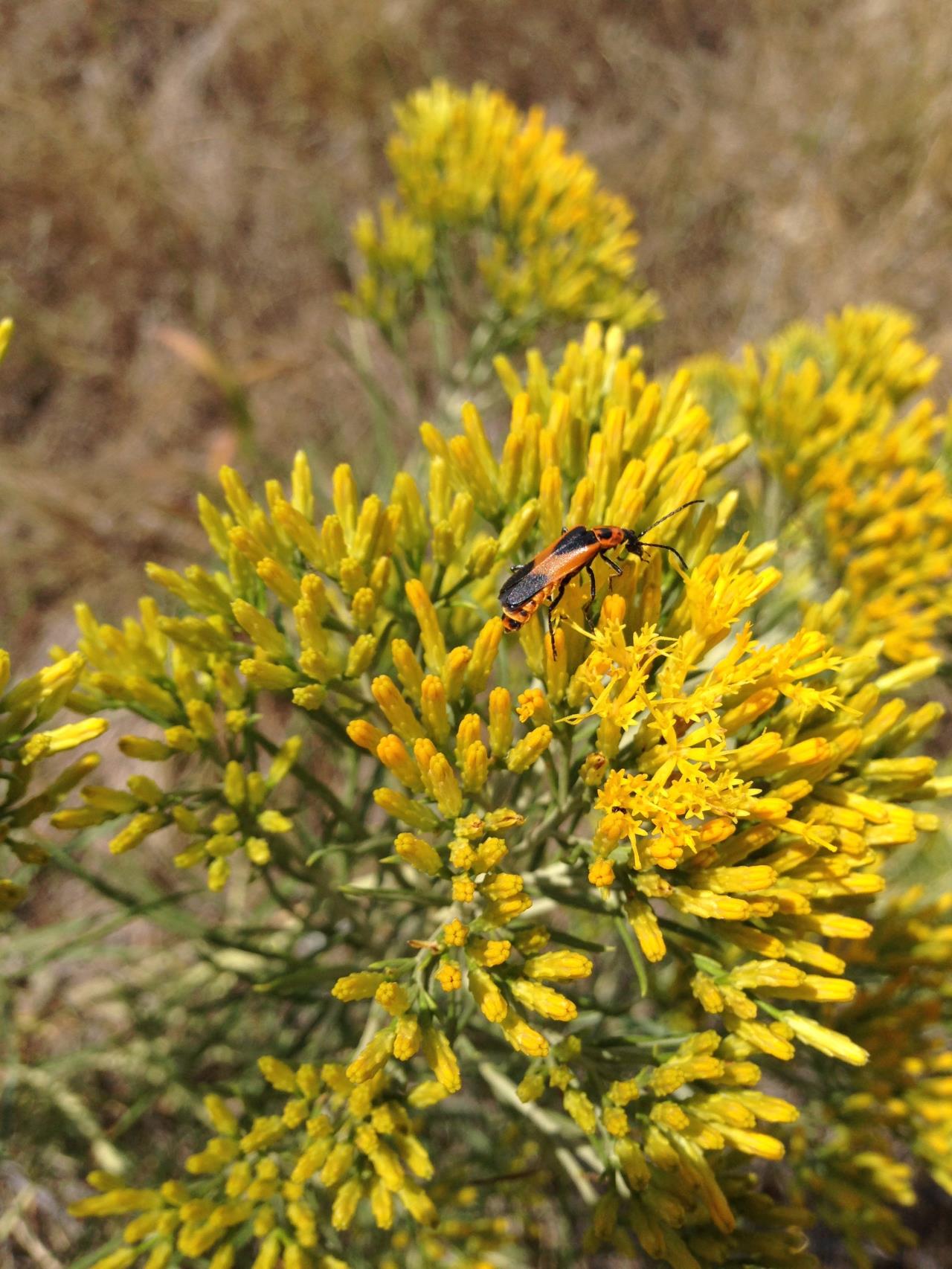
Five unused, hard-to-irrigate turf areas (1,550 square feet) were transformed into beautiful xeriscape designs. Led by volunteers, the HOA replaced the turf and multiple sprinkler heads with water-wise, gardens that created pollinator habitats and saved water and maintenance costs for the HOA.
This project created opportunities for community building and decreased isolation throughout the COVID pandemic and continues to do so.
Sustainability Benefits
- Primary Benefits: Water and Education
- Secondary Benefits: Natural Environment, and Community Cohesion & Resilience
Project Costs
Total Cost for Phase 1 and 2: $35,237
Phase I: $23,587 Construction of Hardscape and Irrigation
- $6,000.00 Neighborhood Improvement Program (NIP) from City of Longmont
- $6,220.00 for 311 hours of volunteer labor at $20/hour
- $3,621.81 HOA Monetary Contribution
- $7,745.19 Donated labor, money and materials from Community
Phase 2: $11,650 Stone Mulch, Plants, and Special Installations (Bee House, Arbor, Art Installation)
- $2,650 Community donations (monetary and materials)
- $6,000 HOA Monetary Contribution
- $3,000 for 150 volunteer labor at $20/hour
Ongoing costs: Irrigation, which is part of the common area expenses. Plant Select® donates plants each year. Volunteers do all the landscape work. HOA budgets $1,000 per year for plants and incidentals.
Expected Benefits
Education
This project has create opportunities for homeowners, board members and visitors to understand and rethink what counts as a “garden” or a “lawn.” Already this project has led to more opportunities across the HOA:
- Transforming beds in entrance monuments and parks to low water, low maintenance pollinators plants
- Transitioning a large area of grass along Spring Gulch to a natural area
- Support volunteers in managing two native grass areas and in creating a “pop up” native flower garden where there was only a rock bed (see photo in this section for an example of this native grass area)
- Neighbors have been inspired to transform their front lawns to xeriscape
- By becoming a Plant Select® Demonstration Garden, the community is now working with other HOAs and groups throughout Colorado who want help in creating a pollinator habitat
- Received the Plant Select® HOA Partner Award
Natural Environment
- This pollinator habitat is helping to support local bees and build a healthy ecosystem. The success of this project has also encouraged the HOA Board to explore ways to reduce pesticide use in common areas.
Water Savings
- Savings are still be evaluating, but already in its second year of operation, we expect to reduce watering between 50 percent to 99 percent.
- Prior to construction in 2019 the area was irrigated by inefficient sprinklers about three to four times a week for about 30 minutes each time.
- The HOA upgraded the irrigation and installed a pump so that we could hand water new plants.
- In 2020, the HOA reduced the irrigation to twice a week for 20 minutes each.
- By mid-July 2021 the community is scheduled to reduce irrigation to once a week and may shut off irrigation to the habitat altogether.
- In 2022, the community hopes to not irrigate the habitat and simply use our pump to hand water any additional new plants.
Project Timeline
This timeline details the work for the pollinator garden, other efforts have been occurring throughout the HOA to expand sustainable landscapes that are not detailed in this timeline.
Planning: January 2018 – March 2019
January-September 2018:
- Initial planning meetings held
- Recruited volunteers
- Neighborhood Improvement Program (NIP) Grant application submitted
January-February 2019:
- Landscape design completed
March 2019:
- NIP Grant awarded
Construction Phase 1: Summer 2019
April-June 2019:
- Landscaper bids and contract awarded
August-September 2019:
- Hardscape construction and initial plantings completed
Construction Phase 2: Summer 2020
Phase 2 work complete
- Dedication ceremony
- Education outreach (certain limits due to COVID)
- Designation as a Plant Select® Demonstration Garden
Education and Outreach: Summer 2021
- Presentations and/or tours for Garden Clubs and other groups
- Educational outreach expanded
- Awarded the Plant Select® HOA Partner Award in recognition of excellence in design, vision and educational outreach
Key Take-aways
- Start small to keep the project manageable and to stay on budget. Execute the project in phases.
- Look for ways to involve HOA residents in all aspects of the project. Seek out residents with special talents such as educators, woodworkers, landscapers, master gardeners, former farmers. Set up an advisory committee.
- Be sure to keep the HOA Board of Directors informed as the project proceeds.
The Pollinator Habitat has continued to evolve. The neighborhood has received donations from residents for additional plants. It now has an arbor, an art installation, a bee house and an entrance fence, which have been constructed by residents and donated to the habitat.
